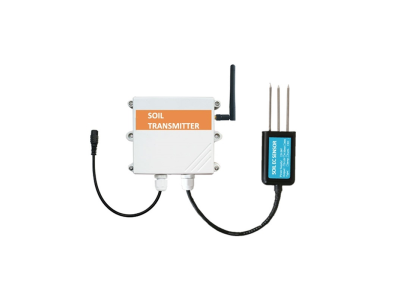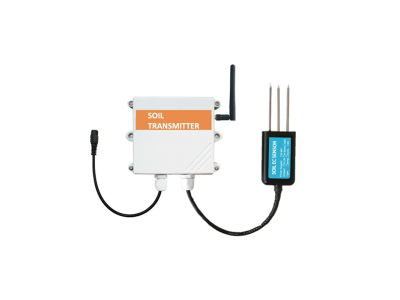In modern agricultural practices, the use of technology has become increasingly important in maximizing crop yield and minimizing environmental impact. One such technology that has gained traction in recent years is soil sensors. These sensors are revolutionizing the way farmers monitor and manage their soil, providing real-time data on soil moisture, temperature, and nutrient levels. In this article, we will explore the role of soil sensors in modern agricultural practices and how they are shaping the future of farming.

Soil sensors are small, electronic devices that are buried in the soil to measure various parameters such as moisture, temperature, and nutrient levels. These sensors can be connected to a central monitoring system, allowing farmers to access real-time data on their soil conditions from anywhere, at any time. This real-time data is invaluable for making informed decisions about irrigation, fertilization, and other farming practices.
ne of the key benefits of soil sensors is their ability to optimize irrigation practices. By providing accurate and up-to-date information on soil moisture levels, farmers can ensure that their crops receive the right amount of water at the right time. This not only maximizes water efficiency but also prevents over-irrigation, which can lead to water wastage and soil erosion. Additionally, by monitoring soil moisture levels, farmers can identify areas of the field that may be prone to waterlogging or drought, allowing them to take proactive measures to mitigate these issues.
In addition to optimizing irrigation practices, soil sensors also play a crucial role in managing soil fertility. By monitoring nutrient levels in the soil, farmers can determine the most effective and efficient way to apply fertilizers. This not only reduces the risk of over-fertilization, which can lead to nutrient runoff and water pollution, but also saves farmers money by ensuring that fertilizers are applied only when and where they are needed. Furthermore, by monitoring soil temperature, farmers can make informed decisions about planting and harvesting times, ultimately maximizing crop yield.
The use of soil sensors is not limited to large-scale commercial farms. In fact, these sensors are also being adopted by small-scale and organic farmers, as well as home gardeners, who recognize the value of real-time soil data in improving crop health and productivity. With the advancement of technology, soil sensors are becoming more affordable and easier to use, making them accessible to a wider range of farmers and gardeners.
As the global population continues to grow, the demand for food is increasing, putting pressure on farmers to produce more crops with limited resources. In this context, the role of soil sensors in modern agricultural practices cannot be overstated. By providing farmers with accurate and timely information about their soil, these sensors are helping to optimize farming practices, reduce environmental impact, and ultimately contribute to global food security.
Looking ahead, the potential for soil sensors in agriculture is vast. With ongoing advancements in sensor technology, we can expect to see even more sophisticated and versatile soil sensors in the future. These sensors may be able to measure additional parameters such as soil pH, salinity, and microbial activity, providing farmers with a more comprehensive understanding of their soil health. Furthermore, the integration of soil sensors with other technologies, such as automated irrigation systems and drones, holds promise for further optimizing farming practices and increasing efficiency.
In conclusion, soil sensors are playing a pivotal role in modern agricultural practices, providing farmers with real-time data on soil moisture, temperature, and nutrient levels. By optimizing irrigation practices, managing soil fertility, and improving crop health, these sensors are revolutionizing the way farming is done. As technology continues to advance, the potential for soil sensors in agriculture is limitless, and their widespread adoption has the potential to shape the future of farming for years to come.






